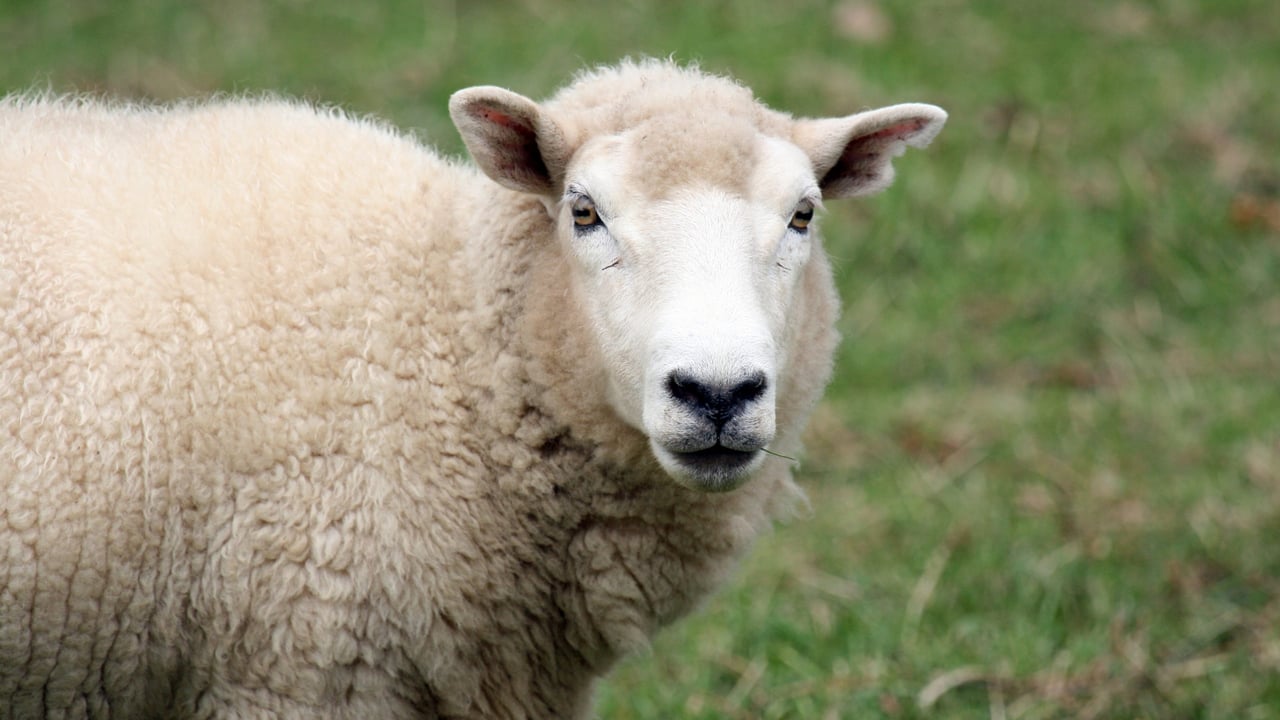HPRA issues new safety notice on oral suspensions for sheep
The Health Products Regulatory Authority (HPRA) today (Friday, October 17) issued a new safety notice in relation to changes to authorised withdrawal periods for oral suspensions for sheep.
In a statement, the HPRA said it monitors reports of adverse events to veterinary medicinal products as part of its role in the post-authorisation safety monitoring of veterinary medicinal products in Ireland.
"In 2024, the HPRA became aware of a limited number of reports where residues of closantel above the maximum residue limit (MRL) were detected post slaughter from treated livestock.
"Residues pose a threat to food safety and result in condemnation of carcases, financial losses, as well as reputational risk," it stated.
Sheep
According to the HPRA, at the time it published a notice advising users of closantel-containing products for sheep, and veterinary medicines generally, to ensure administration of the correct dose, avoid over-dosing and respect the withdrawal period of the product to be administered.
"As an additional measure to ensure consumer safety and to avoid non-compliant residues, the HPRA has, in recent weeks, agreed with relevant marketing authorisation holders that the withdrawal periods of selected closantel-containing products intended for use in sheep and currently marketed in Ireland be increased from 42 days to 56 days," the authority stated.
HPRA has specificed that the products in question are:
- Flukiver 50 mg/ml oral suspension for sheep and lambs (VPA22020/001/001, Elanco GmbH);
- Solantel 50 mg/ml oral suspension for sheep (VPA22664/128/001, Norbrook Laboratories (Ireland) Limited).
"Users are asked to respect the new withdrawal period - 56 days for sheep - with immediate effect pending the availability of new stock with updated labelling reflecting the revised withdrawal period," HPRA stated.
HPRA
According to the HPRA, the European Commission has set maximum residue limits (MRLs) in the edible issues of animals to "ensure the safety of consumers of food and food products derived from animals treated with veterinary medicines containing closantel".
"In order for closantel-derived residues to deplete below the MRLs, a sufficient time (withdrawal period) between treatment and slaughter must be observed and which takes into account the dose rate and route of administration approved for the concerned products," it added.
HPRA has outlined that if the time between treatment and slaughter is insufficient, "closantel-derived residues may be detected in sheep tissues".





